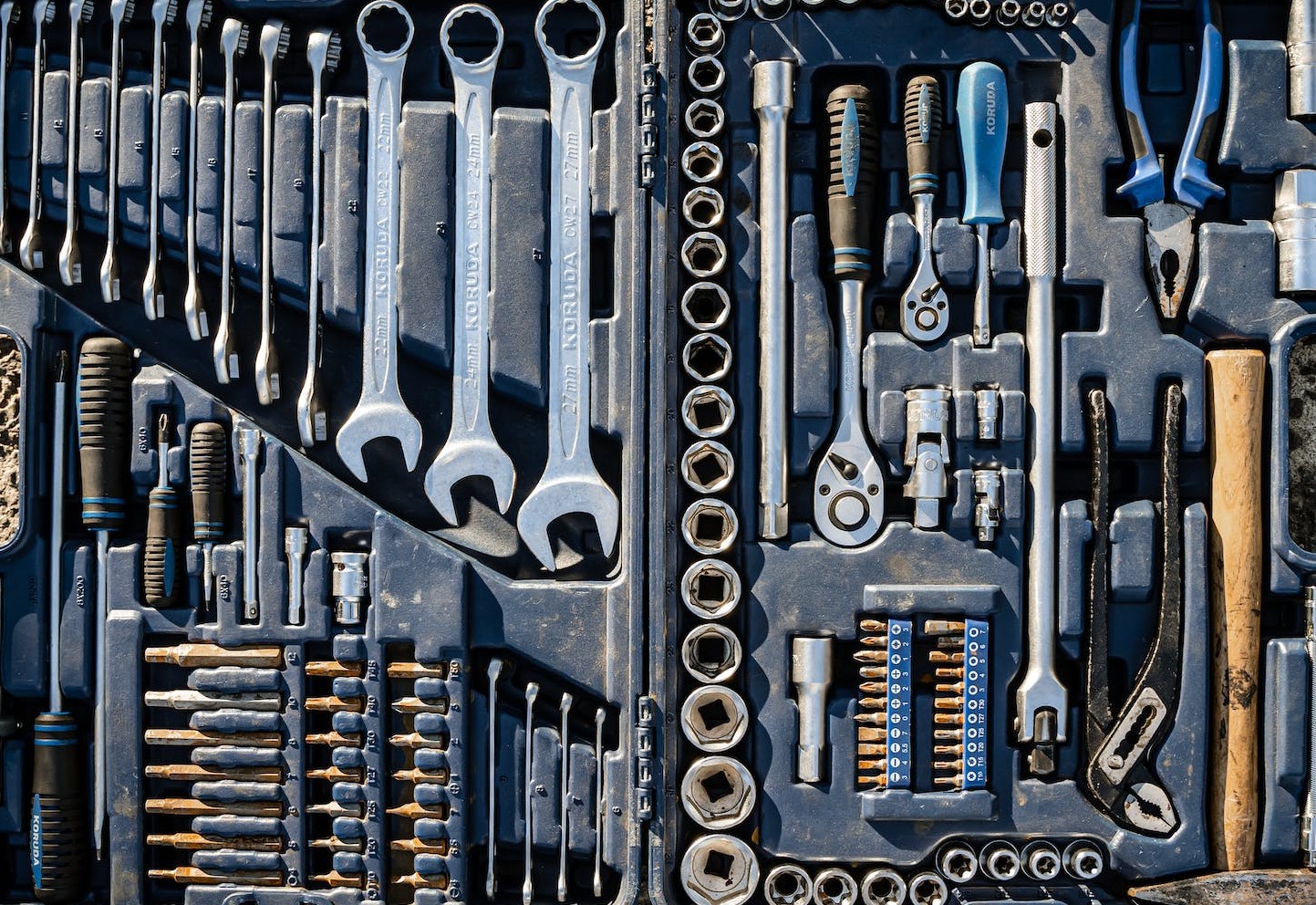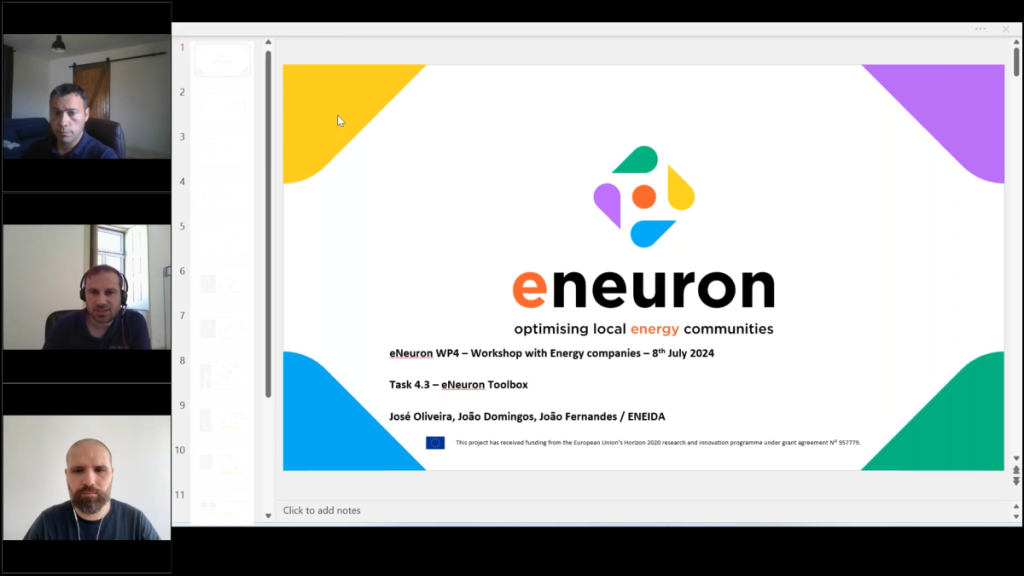The EU sees them as “vital actors” in the clean energy transition. In Europe, there are some 4,000 local energy communities, but many challenges are still ahead. A comprehensive toolbox now provides an all-in-one solution to create, operate and develop them.
Primiero is a valley in the Dolomites, on the border between the Italian regions of Trentino Alto Adige and Veneto. Very green and crisscrossed by numerous watercourses, it is best known to tourists for the ski resorts and mountain trails of San Martino di Castrozza. However, if you happened to be there just on holiday, you may have missed one crucial thing: it is also the cradle of a de facto energy community, which produces far more renewables than its users consume, and this by solely relying on its local, natural resources. “Our shareholders are 10 municipalities in an area with some 10,000 inhabitants. Their consumption accounts for only 12-13% of the solar, hydroelectric, and thermal energy production that we achieve, thanks to the abundant waterways and waste from the wood industries of our valley,” says Simone Canteri, director general at ACSM Group.
Originally founded in 1902 and later split into 5 different entities, ACSM Group is today a utility company operating locally along the whole supply chain of 100% renewable electric and thermal energy. As Italy is lacking a national regulatory framework, Primiero’s local energy community still cannot operate as such, but all ingredients are there: “We operate 18 hydro-electrical plants and two big thermo-electrical plants, but we also own the grid and have the internal know-how to develop the needed technologies,” explains Canteri. The goal of the company is to maximise both the implementation of renewables and the financial benefits for the end-users, which became clear to the local population, especially following the war in Ukraine and the energy crisis, he says. “As we only rely on our own assets, the price of our thermal energy is fully independent of any geopolitical factor. Over the last 12 to 18 months, tariffs have remained unchanged and this has shielded significantly our users from the overall spike of the prices.”
The International Energy Agency (IEA) has recently stressed the potential of local energy communities as “a central pillar of the clean energy transition”, and acknowledged their “clear benefits” in “deploying renewables and efficiency, reducing bills, supporting access and reliable power supply”. EU researchers have highlighted their promotion as a “solution to accelerate the transition towards a more decentralised, decarbonised and just energy system” and several policies are trying to strengthen their role as “vital actors in the energy system”. To foster their uptake and help them get developed, a comprehensive “toolbox” replacing screwdrivers, hammers, and saws with a whole set of advanced technological tools has been developed by the European project eNeuron. “Unique in the world in offering an all-in-one solution, integrating design, and planning-operational tools, it aims at meeting the energy needs of the users while maximising the use of renewables, and minimising costs and environmental footprint,” says its coordinator Marialaura Di Somma. “While existing methodologies had until now one single economic objective, this toolbox derives from a holistic approach and pursues the goal of optimising processes and outcomes at different levels and considering also environmental criteria.”
“It’s all about creating the conditions to allow different shareholders to get together, set up or co-exist in an energy community, and then adjust its operation, according to their priorities: be they to cut the costs, reducing the carbon footprint or maximising the comfort of the end users,” explains Christina Papadimitriou, technical coordinator of the project and assistant professor at the Electrical Engineering department of the Technical University of Eindhoven. The focus is especially on “local integrated energy systems”, energy communities relying on multiple energy vectors and aiming at optimising their synergies. “Our toolbox answers three main questions: how to design them; how to make them work and optimise their outcome; and how to align their goals with those of each single user.”
At the level of what insiders call the “energy hub”, the toolbox provides technical solutions to both design and operate the energy community as a whole on a day-to-day basis. To support its set-up phase, it will for instance help frame the most effective technologies and energy vectors to be deployed, as well as the investments required, and the financial and environmental benefits. More strictly, operational tools will then help optimise the energy community management, according to its common objectives. “With the support of a set of ‘forecasting’ tools, predicting parameters such as energy demand or solar irradiance for the photovoltaic panels, the toolbox will calculate hourly operation profiles for cogeneration plants, heat pumps, absorption chillers, and any other available technologies to meet the community users’ demand,” explains Di Somma. However, the management of the energy community will not be rigid, as other tools will align it with the specific needs of each prosumer. “If you know that you’ll be charging your e-car or plugging in some very energy-consuming devices, the toolbox will optimise the technologies in real-time and adapt your personal pattern to cut your consumption or carbon footprint,” says Papadimitriou. Crucial for ensuring the flexible management of the integrated local energy community, this “multi-objective approach” allows to achieve the best possible energy and technology mix. “It will for instance monitor the different energy prices in real-time and then switch from one vector to another, according to the objective that you have set. Or, if you produce more renewables than you consume, it can convert them into hydrogen and store them, for later use with your hybrid vehicle.”
According to recent studies, almost 4,000 energy communities are currently active in Europe. However, despite the multiple long-term policy packages deployed by the EU, for this number to grow several obstacles must still be removed. “The main challenges are the set-up of national regulatory frameworks, the investments in crucial conversion technologies, and the citizens’ engagement,” resumes Papadimitriou. Ireland, France, Germany, Belgium, Denmark, and Italy have already adopted “legislative definitions” of energy communities, but as Canteri confirms, definitions are not enough. “First and foremost, we need clear and stable national regulatory frameworks. Creating an energy community doesn’t just require significant investments, it also requires visibility over the investment period. As long as we don’t have clear guidelines, we will also be stuck and diminished in deploying the potential of energy communities.”
By Diego Giuliani
Photo Credits Pixabay on Pexels
Published on
15 Nov 2023



